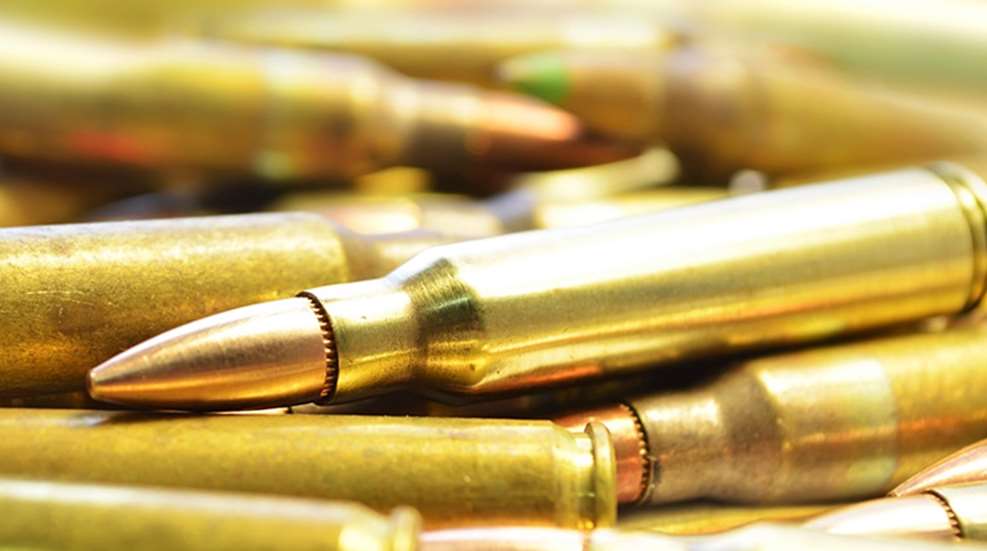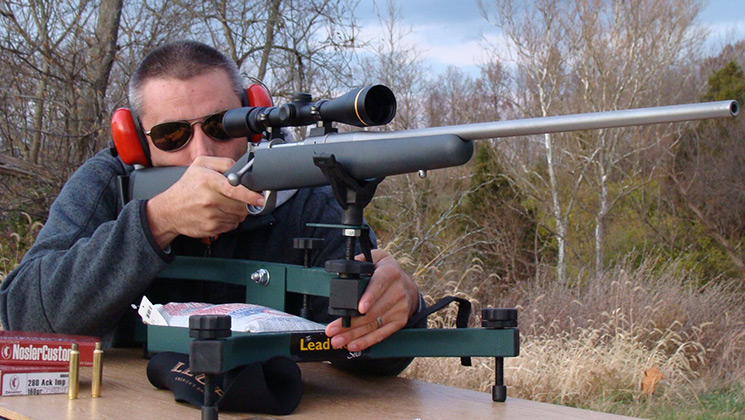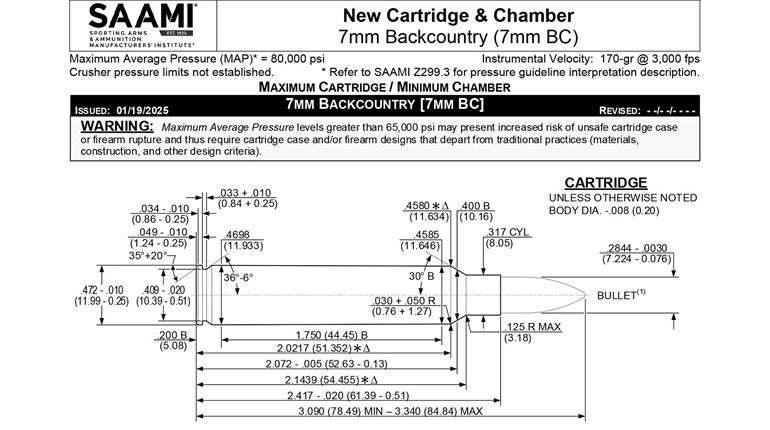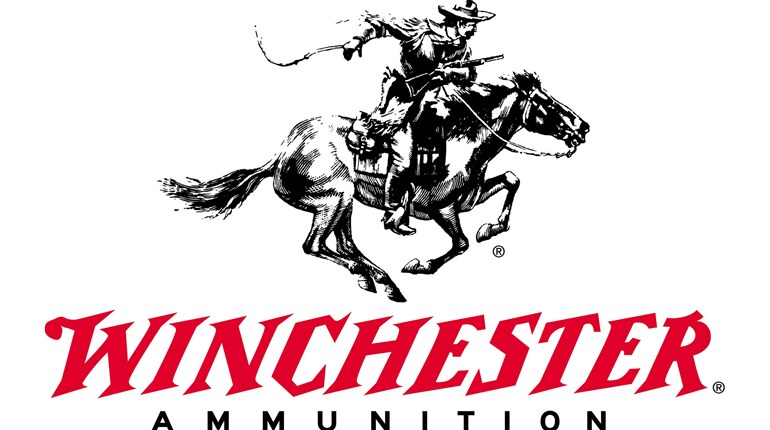
There’s always a great deal of fanfare when any new hunting cartridge hits the market. New loads are usually followed a flurry of online and print editorial coverage, lots of advertising, and lots of hype. Sometimes that initial excitement fades if the cartridge falls short of expectations in terms of sales because it hasn’t captured the attention of a sizable portion of the hunting community. But sometimes that cartridge becomes a fixture in the game fields.
Let’s be clear that there aren’t any power gaps left in the modern cartridge lineup. In fact, we’ve got too many cartridges on the market today, and they can’t all survive. The current popularity of 6.5mm cartridges has spawned a number of new loads in that category, and their appeal may draw a few shooters away from the various .270s, 7mms, and .25s. Having a champion helps a cartridge’s cause—just look at what Jack O’Connor did for the .270 Winchester—and a big marketing budget helps. But, in truth, almost all of those cartridges, from the .25-06 to the 6.5x55 Swede to the 7mm Remington Magnum, overlap in terms of function.
Becoming a standout cartridge in today’s market is tough. The competition has never been tougher, and the accessibility of information via the web means that cartridges that don’t live up to expectations usually take a beating (whether or not that’s justified depends on the knowledge and skill level of person behind the keyboard). But these five loads have beat the odds and have survived. Each brings something special to the modern hunting landscape, and all of these cartridges offer lots of versatility. Which one you choose depends on your own tastes and needs, but all these loads are here for the long haul.
26 Nosler
Nosler has been in the bullet business since 1948 but it wasn’t until three years ago that the company launched their first-ever headstamped cartridge. When a particular diameter of bullet gets hot then several companies often launch loads that utilize those bullets—just look at the .416 battle of the late 1980’s and early 1990’s. The most talked-about bullets in recent memory are the various 6.5mm/.264s, and when Nosler needed a neck diameter that’s what they chose for their new cartridge. Dubbed the 26 Nosler, it was based on the 7mm Remington Ultra Magnum unbelted case, itself a child of the old .404 Jeffery. Nosler made 14 modifications to the 7mm RUM and thus the hottest (at least at that time) 6.5/.264 cartridge was born. This long-bodied, steep-shouldered round benefits from the 6.5’s impressive resume; a high ballistic coefficient thanks to a long, heavy-for-caliber bullet design means the .264 bullets buck wind and retain high energy levels at extreme ranges (the 26 Nosler has as much energy at 400 yards as its 6.5 counterpart the .260 has at the muzzle). Nosler paired the new cartridge with their 129 grain AccuBond Long Range and, zeroed at 350 yards, the cartridge has a point blank range of 415 yards and a muzzle velocity of 3,400 feet per second. With today’s advanced optics with dial adjustments for elevation the 26 Nosler is one of the easiest loads for making long shots on big game. It is perfect for deer and antelope, a sheep hunter’s dream cartridge, and the 6.5s will work on elk with proper shot placement. Plus, it produces a level of recoil that most shooters can handle. The very fast 7mms, and certainly the high-velocity .30s, are simply too much for many shooters. Currently Nosler offers their excellent Model 48 rifles in 26 Nosler, and Browning and Montana Rifle Company also offer guns chambered for this hot new cartridge.
6.5 Creedmoor
The 6.5 Creedmoor was the brainchild of the team at Hornady, and this round has, since its inception in 2007, managed to climb to the top of the 6.5 charts in terms of popularity. But the 6.5 was not originally conceived as a hunting cartridge (although the team at Hornady certainly knew the Creedmoor’s potential in that arena) but rather as a match round. It’s a necked-down version of the sadly-overlooked .30 TC, and while its parent cartridge has languished the 6.5 has flourished. Its ballistic figures—2,910 feet per second with a 120 grain A-Max bullet and 2,710 for the 140 grain ELD Match—won’t make you slap your forehead like the figures on the 26 Nosler. But the 6.5 Creedmoor combines all the elements hunters want in one outstanding cartridge. It’s affordable and widely available, it shoots very well in a wide variety of rifles, and it offers plenty of penetration and knockdown power for hunting almost any North American game—all at a level of recoil that’s acceptable to all but the most sensitive shooters. Think 7mm Rem Mag trajectory with just over half the kick in similar-weight rifles. Hunters and shooters have taken note of these qualities and lots of rifle makers including Browning, Weatherby, Savage and Montana Rifle Company are offering rifles in 6.5 Creedmoor. This round won’t dazzle you with big numbers, but performance in the field has made it a huge and growing success.
.270 WSM
The .270 WSM was a product of the short magnum craze of the early 2000’s. Around that time there were a lot of new cartridges short, fat cartridge designs, including Winchester’s own .300 WSM (parent of the .270 WSM) and 7mm WSM, Ruger’s .338 and .300 RCM, and Remington’s Short Action Ultra Mags, and that’s not even a complete list. The market was quickly overloaded and not all of these “short fats” could survive. But the .270 WSM did, and it has excelled. The .270 WSM gave all the .270 Winchester fans—and there are a lot of them—the same bullet with more energy and a shorter action, and the cartridge’s versatility gave it widespread appeal among serious mountain hunters. I’ve talked to two sheep hunters who took their rams with the cartyridge and were impressed by the results and Troy Sheldon of Kentucky recently harvested a new world-record mountain goat and his cartridge of choice was—you guessed it—the .270 WSM. Ballistically the .270 WSM is pretty impressive; it will drive a 130 grain bullet down the pipe at almost 3,300 feet per second, and you can send a 150 grain bullet from the barrel at better than 3,100 feet per second. With 140 grain AccuBond factory loads from Nosler zeroed at 200 yards the drop at 300 paces is a mere 6 inches, great ballistics from a cartridge that is actually comfortable to shoot. There are a host of rifles available in the cartridge from Savage, Tikka, Sako, Nosler, Browning and, of course, Winchester, and ammo is readily available. It’s funny that the .270 WSM’s sister cartridge the 7mm WSM isn’t more popular—the availability of heavier bullets with higher sectional densities and better ballistic coefficients and greater energy levels give the 7mm WSM a slight edge, but the hunting world has spoken, and it has spoken in favor of the .270 WSM. That’s not a bad thing, though—this versatile cartridge is well suited for just about every animal in North America.
.280 Ackley Improved
P.O. Ackley and Fred Huntington developed a wildcat cartridge based on the .280 Remington, and that wildcat became known in rifle shooting circles as the .280 Remington Ackley Improved 40 Degrees. Ackley’s concept—as the name implies—was to steepen the shoulder angle on the .280 Remington to 40 degrees to increase case volume by just under ten percent. The .280 Ackley, ast the cartridge is commonly called today, was legitimized by SAAMI in 2008 and will still fire .280 Remington ammo. Yet handloaders can use the Ackley case to reach near-7mm Remington Magnum velocity and energy figures, and factory ammo is now available from Nosler. But with the popularity of the 7mm Rem Mag and the availability or rifles and ammo who would mess with a lesser-known former wildcat?
Simple: efficiency. The Hodgdon reloading manual shows that, with the same 160 grain bullet, the 7mm Rem Mag will reach muzzle velocities of just over 3,000 feet per second with 63 grains of H4831 powder. With 57.5 grains of the same powder the Ackley pushes that bullet at 2,812 feet per second. To achieve 6.5% more velocity you’re burning 9 percent more powder. That doesn’t account for the fact that the 7mm Rem Mag requires a longer barrel and recoil and muzzle blast are higher than they are with the .280 Ackley. I’ve shot both rifles and the difference in kick and roar is very noticeable. Add to this the fact that custom reticles make long-range shooting easier than ever and the .280 Ackley starts looking pretty darn good. There are a tremendous amount of options in .284-inch bullets, and some of these like Nosler’s ABLR and Hornady’s ELD are built for serious long-range work. There aren’t a lot of rifles available in .280 Ackley, But Kimber offers several excellent .280 AI rifles and the Nosler 48 is another great option. The first .280 AI that I tested was a Kimber Montana, a gun that weighed under six pounds and shot sub-MOA groups. My palm hits my forehead every time I think about the fact that I didn’t buy that gun when I had the chance. For the hunter that’s looking for one gun that will work well on deer, antelope, sheep, elk and just about everything else then the .280 AI is a great alternative to more mainstream cartridges. And, bit by bit, this outstanding cartridge is gaining a loyal following of its own.
.338 Federal
Until a few years ago buying a .338 factory rifle meant dealing with impressive recoil and paying a lot for ammunition. The .338 Winchester Magnum is a great cartridge, but for the vast majority of game—and shooters—it’s overkill. Wildcatters have long been playing with .338 versions of the .30-06 and the .308 and I believed that the first of those cartridges to hit it big would be the .338-06. But in 2006 Federal teamed up with Sako and gave us the .338 Federal. It’s simply a .308 Winchester case necked out to hold .338 bullets. The .358 Winchester is the same concept, but there are more .338 bullets available than .358s and the .338 bullets have better sectional density and higher ballistic coefficients. Compared side-by-side with a .30-06 and with both loads firing 180 grain bullets the .338 Federal has more velocity and more energy with less recoil, though the longer .30-caliber bullet does better at long range. But there are .338 bullets ranging in weight from 180 to 250 grains, so no matter what you’re hunting there’s a bullet that will work. Federal is now offering several loads for this cartridge, and Savage and other companies are building affordable rifles chambered in .338 Federal. If you’re a handloader you can wring the most out of this cartridge, there are AR-10 rifles available in this cartridge and the price of factory ammunition is very reasonable. Out to moderate ranges the .338 Federal is a top performer on a wide range of game; it’s great for whitetails, black bear and wild hogs and it will also work for elk and moose. Plus, it does all of this in light rifles with short actions. It’s a better all-around African caliber than the .308, too.





































